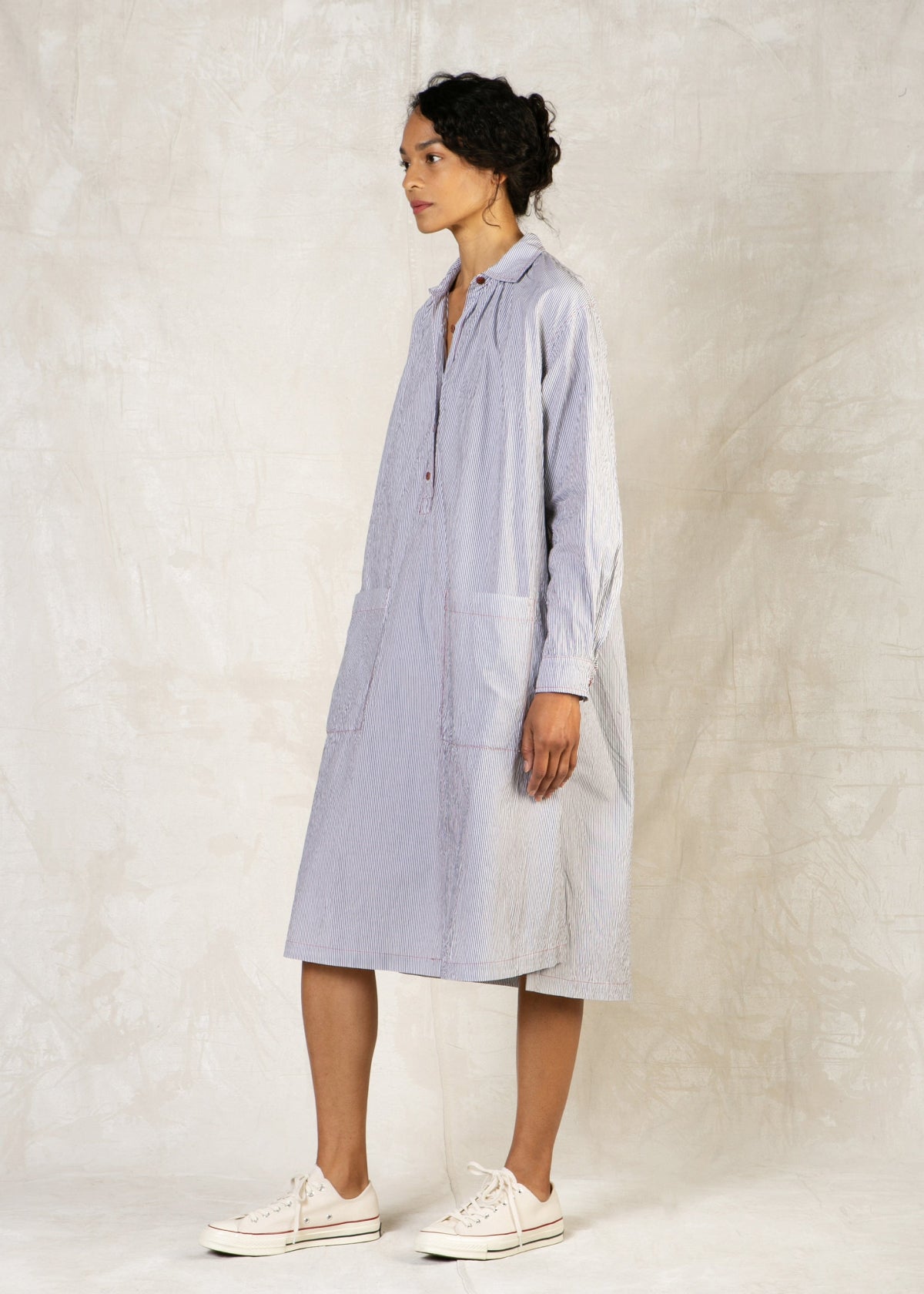From Garden to Garment: the process of natural dyeing
Mother Nature is astonishing in many ways. And her plants are remarkably beneficial to human life in ways we still have yet to discover. From health benefits of herbs as remedies, to the nutritional miracles of fruit and vegetables in our diets, plants hold unlimited power to heal, to nourish the body. As ancient and modern structural construction elements such as the macro use of bamboo for scaffolding in construction of skyscrapers to the micro use as fiber from cactus, flax, bark and cotton. Discovering the wonderous aspects of the world of flora is to discover boundless endeavors for utility and creativity for both the individual and for all of culture.
Color in nature is intoxicating. For centuries, people have been inspired by nature’s colors and they developed ingenious methods to adopt color by using sources from the natural world.
Before the development of industrial fashion of the late nineteenth century, fashion was less an expression of the designer. Rather, clothing and fashion was created by anonymous individuals for utilitarian needs and eventually evolved to material symbols be worn to signal function, class, wealth, and prestige. For thousands of years, people have dyed yarns, fabrics and clothing with natural elements that existed in nature; flowers, barks, roots, leaves and even excavated minerals from earth and stone. Abundant and accessible to most populations and cultures, plants provided an exceptional source for vibrant natural dyes.
Derived from plants and earth- soil itself, any color imaginable can be extracted and blended as pigments and dyes to form all shades, tones and depths of color.
Indigo can be created from various plants including Indigofera and lighter shades of blues come from Woad and several other plants whose leaves will blend to shades of deepest blues. Another primary color -Red, can be extracted from the Madder Root. And Yellow, the color of sun & joy is derived from Saffron and Turmeric among several other plants. Plant dyes are powerful for creating natural colors.

Indigo leaf
Today, very few people dye their own yarns, fabric or clothing with natural plant-based dyes. By the time the first synthetic dyes, (Mauve was the first color) were created in the late 19th century, these new dyes would become a much less tedious method of manufacturing textiles with rich and deep hues, supplying the needs of larger populations to utilize in progressively growing economies.
Following nearly two centuries of commercially mechanized textile manufacturing and subsequent synthetic dyes, and with increasing technological advances in modern times, we find ourselves once again, in a state of mind to express our love for fiber, materials and color by way of nature and slower, more mindful methods. With the glut of globally manufactured garments, re-creating and re-cycling with our own hands using natural dyes is a creative and easy project that anyone can do.
We can find natural dye sources nearly anywhere we look to discover plants as potential partners in our color medium. Our own backyard or sidewalk, or parks hold a wonder of possibilities. But an even more accessible and obvious source is from our foods and food scraps. And of course, these food sources were at first, plants!! Examples include blueberries, black beans and red cabbage which are great for deep blues, beetroots and raspberries for reds, onion skins for browns, avocado pits for pinks, and turmeric for yellows. We can even mix different plants or food sources to obtain variations of dye colors.
In our own urban edible garden, here in the middle of LA, we have an abundance of passion fruit bearing bushels of fruit covering our surrounding garden walls. Currently in full bloom these vines bare so much fruit that it is cause for celebration, to be enjoyed as a sweet desert, in smoothies, dressings and of course, as source of colorful dyes! So, one dye we love is from the skins of the passion fruit which turn the fabric into a beautiful violet shade.
As you plan your own natural dying project, it is important to choose natural fabrics as well. Because we only use natural plant fibers in our mid-city Studio, we dye with organic cotton and linen and the results are exquisite. 
Turmeric, Beetroot and Black Beans dye baths
The process is simple and gratifying:
1. You start by boiling your fabric in a pot of water for one hour with a “mordant” which prepares the fabric to be dyed and helps “fix” the color onto your fabric. The reason the fabric needs to be wet before dyeing is to help ensure an even dye color throughout the fabric. The most common mordants that exist in nearly every kitchen are salt and vinegar. But there are a variety of accessible mordants, such as Alum or Iron powder to be found online as well. Foods or plants that naturally contain tannins, such as avocado pits or onion skins, do not need a mordant for the color adhere to the fabric.
2. While your piece of fabric or garment simmers, prepare your dye bath in a separate pot - simply boil your plant-food in water until you get the desired color. Turmeric for example will color the dye bath in just 15 minutes or less, while other foods such as passion fruit skins take more time, about one hour. Once you’ve reached the desired intensity, turn off the heat and filter the dye bath. Take your fabric out of the water, rinse it well in cold water, and insert it in the dye pot.
3. Leaving your fabric in the dye bath for one hour gives you a rich, intense color. But you can play around and experiment leaving it for less time or even overnight for fullest intensity.
4. Take your fabric out, rinse well in cold water and hang to dry in a shady area (sun tends to fade the color away!). Keep in mind that the color always looks more vivid when the material is still wet.
Besides being 100% more environmentally friendly than chemically made synthetic dyes, natural dyes contain so many surprising pigments providing us with a final outcome that is diverse in rich and complex, often unexpected shades of beautiful color. So, the next time you consider boosting your mood and wardrobe with color, embrace the secrets of color that live within the plants surrounding you and in nature.
Plants be with you,
Rozae Nichols & Amber Bewick
Below are some pictures from an avocado pit dye bath we did recently, which we then used to dip our Tea Towels.






